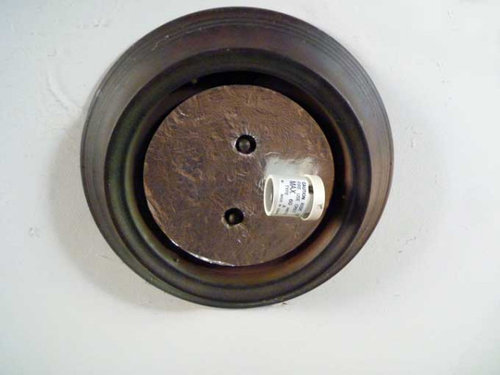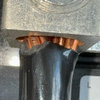Next step after two burned-out bulbs?
4 years ago
Featured Answer
Sort by:Oldest
Comments (19)
- 4 years ago
Related Professionals
Erlanger General Contractors · Great Falls General Contractors · Montclair General Contractors · Mount Holly General Contractors · Parsons General Contractors · Roseburg General Contractors · Summit General Contractors · Palo Alto Solar Energy Systems · Paradise Solar Energy Systems · Yucca Valley Solar Energy Systems · South Whittier Solar Energy Systems · Chattanooga Home Automation & Home Media · Dallas Home Automation & Home Media · Margate Home Automation & Home Media · Port Washington Home Automation & Home Media- 4 years ago
- 4 years ago
- 4 years ago
- 4 years agolast modified: 4 years ago
- 4 years ago
- 4 years ago
- 4 years ago
- 4 years agolast modified: 4 years ago
- 4 years ago
- 4 years ago
- 4 years ago
- 4 years ago
- 4 years ago
Related Stories

COLORTime to Step Out of Your Color Comfort Zone?
If you always seem to pick warm tones, or you stick to the cool ones, bucking your natural inclination could bring new energy to a room
Full Story
HOUZZ TVHouston Couple Rebuild After a Hurricane Wipes Out Their Home
These homeowners asked their designer to act fast after floodwaters destroyed their midcentury home
Full Story
WHITE KITCHENSBefore and After: Modern Update Blasts a '70s Kitchen Out of the Past
A massive island and a neutral color palette turn a retro kitchen into a modern space full of function and storage
Full Story
BATHROOM DESIGNOut With the Old Tile: 8 Steps to Prep for Demolition
This isn't a light DIY project: You'll need heavy-duty tools and plenty of protection for your home and yourself
Full Story
BATHROOM WORKBOOKA Step-by-Step Guide to Designing Your Bathroom Vanity
Here are six decisions to make with your pro to get the best vanity layout, look and features for your needs
Full Story
GARDENING GUIDESHow to Plant Bulbs in Fall for Spring and Summer Blooms
Follow these step-by-step instructions for planting daffodils, irises, tulips and more
Full Story
DECORATING GUIDESHow to Decorate When You're Starting Out or Starting Over
No need to feel overwhelmed. Our step-by-step decorating guide can help you put together a home look you'll love
Full Story
LIGHTINGA Lighting Pro’s 5 Tips for Buying LED Bulbs
Make a smarter choice and improve the look of your home after dark with these guidelines from a lighting designer
Full Story
GARDENING GUIDES6 Unsung Bulbs for Fall Planting
Don't hang up your spade after summer — plant these unusual bulbs in fall for a spectacular spring show
Full Story
LANDSCAPE DESIGNBefore and After: Outdoor Living Spaces Transform 4 Yards
Outdoor rooms with inviting lounges, fire features and dining areas take these yards to the next level
Full StorySponsored
Leading Interior Designers in Columbus, Ohio & Ponte Vedra, Florida
More Discussions












toxcrusadr